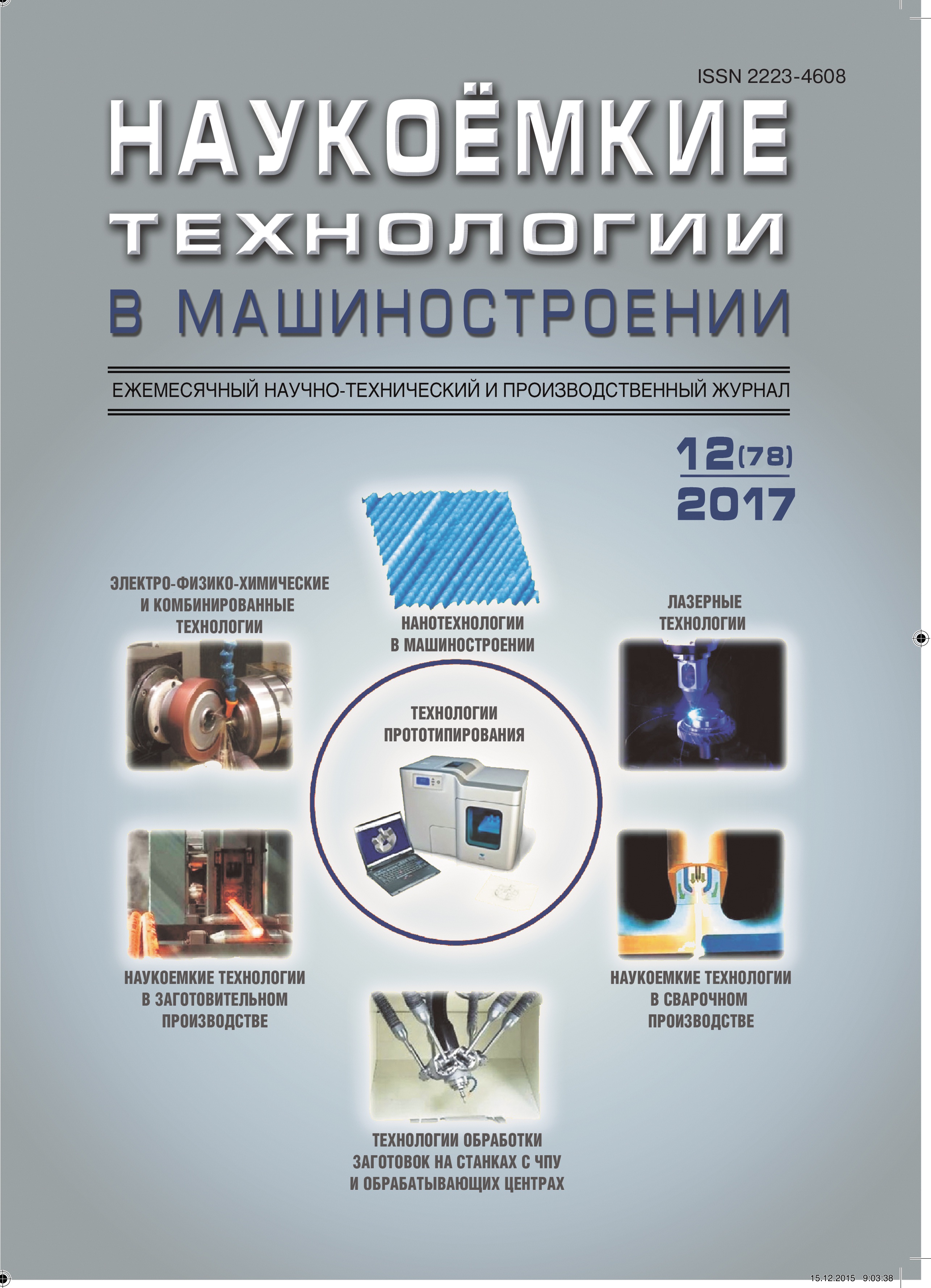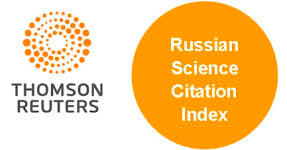Moskva, Moscow, Russian Federation
In view of a responsible destination and hard operation conditions strong technical requirements are made to glass ele-ments of a thermo-optical coating for spacecraft radiators where a basic requirement of them is absence of chips and micro-cracks. There are carried out investigations of the influence of laser radiation parameters upon end face quality in the in glass element obtained through the method of controlled thermo-splitting. A quality considerable increase is shown in the surfaces of division at the use of the method of the end-to-end laser controlled thermo-splitting in comparison with the methods of part-through laser controlled thermo-splitting and scribing with a diamond cutter with the further after-break.
thermo-splitting; division accuracy; roughness; laser.
1. Machulka, G.A. Glass laser processing // M.: Soviet Radio. - 1979. - pp. 136.
2. Grigoriyants, A.G., Shiganov, I.N., Misyurov, A.I. En-gineering Procedures of Laser Processing // M.: Bauman STU Publishers. - 2006. - pp. 664.
3. Glass: reference book: under the editorship of N.M. Pavlushkin. - M.: Stroyizdat. - 1973. - pp. 487.
4. Sysoiev, V.K., Bulkin, Yu.N., Vyatlev, P.A. Zakhar-chenko, A.V. Choice of optimum laser source for oxide glass controlled thermo-splitting // Glass and Ceramics. - 2007. - No.6. - pp. 3-6.
5. Sysoiev, V.K., Vyatlev, P.A. Processing characteristics of laser thermo-splitting process // College Proceedings. Instrument Engineering. - 2008. - Vol., No.4. - pp. 48-50.















